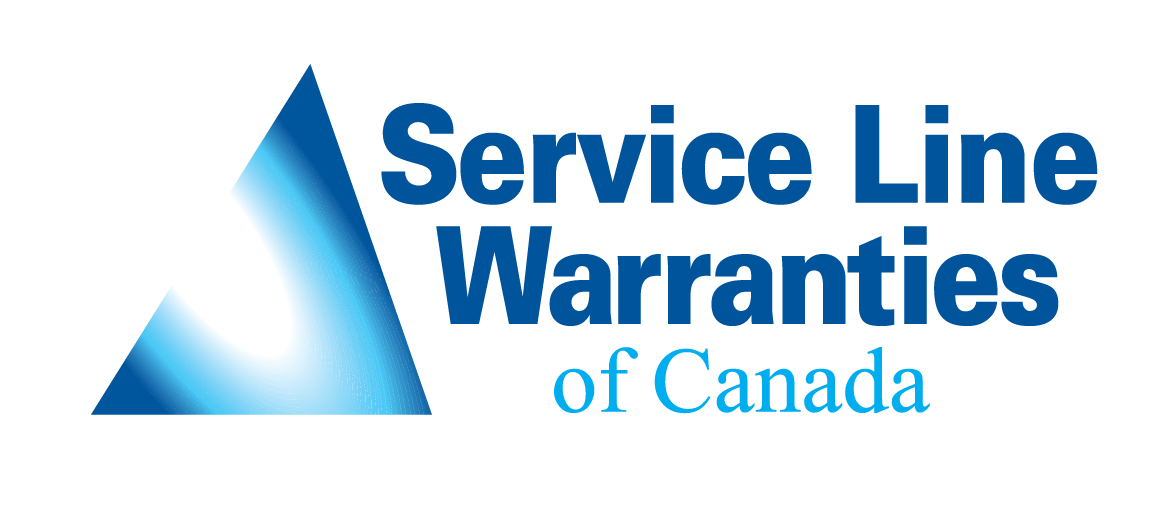Maritimes water temperatures have increased by 1.5 Celsius, and a straight line can be drawn from warming water temperatures to more frequent and more intense storms. The country has not only been hit with extreme storms that have rocked the coast, but with droughts and intense cold snaps in the interior and storms and flooding across Canada have stressed municipal water systems.
In addition to damage to transmission systems that leaves people without power in a storm’s wake, these extreme weather events can also put undue stress on sewer systems, causing them to be unable to keep up with treatment or back up into homes and businesses, while storm surges can contaminate drinking water systems.
Other extreme weather can stress the energy grid with increased demands during heat waves or cold snaps and endanger transmission systems during wildfires. Droughts also bring issues with supply and quality for drinking water systems.
The Investing in Canada Plan will invest $180 billion in infrastructure over a 12-year period. The Canada Infrastructure Bank has government-approved priorities, including green infrastructure and clean energy.
The country desperately needs investment in its infrastructure – the Ontario Sewer & Watermain Construction Association estimates that the province is billions behind annually on investments in water infrastructure. The province’s Financial Accountability Office also found that $7.3 billion is needed for investments in wastewater systems and $5.3 billion in drinking water. This is not an issue unique to Ontario – across the country, investment in infrastructure lags behind need.
Parts of our water and energy infrastructure are past their useable lifespan and some are in poor condition. The toll that COVID has taken on municipal budgets has made the gap between what municipalities can afford and the work that needs to be done even larger.
The Ontario Financial Accountability Office is also ringing the alarm when it comes to climate change readiness, noting that Canadians may be on the hook for billions if local governments and utilities don’t start climate-proofing. However, the Investing in Canada Plan has begun announcing disbursements, and, among them are projects that will make our infrastructure more resilient.
That means the $190 million in nearly 150 infrastructure projects through the Green Infrastructure Stream of the Investing in Canada Infrastructure Program was welcome news in Ontario. Another $44.6 million will fund nearly 30 projects in Saskatchewan.
The Investing in Canada Infrastructure also has spurred oil-rich Alberta in its “30 by 30” plan to increase the amount of renewable energy used in the province to 30 percent by 2030. Developers have found the wind and solar resources – and the carbon credits – attractive. The new, $700 million Travers Solar farm is expected to open by the end of the year, generating 465MWac, and other projects to generate tens of thousands of MWh are in development. Across the country, other forms of clean energy also have seen increased interest, including a battery farm, hydroelectric power and energy efficiency measures.
Bill S-222, introduced in the House of Commons this week, also would require the federal government to consider environmental benefits during repair and maintenance of federal infrastructure, meaning additional dollars could be invested at the federal level – if it passes the House.
However, as much federal, utility and local investment that goes into our energy and water infrastructure, there’s one part that very few utility or municipal dollars can touch – residents’ homes and the connection between them and utility systems.
Service Line Warranties of Canada can help bridge that gap by providing educational materials to educate customers on their service lines and their responsibilities at no cost to our partners and an optional warranty that allows them to proactively address issues such as a leaking water service line or an interior electrical malfunction. This gives your utility to opportunity to engage with customers while educating them and providing them with a value-added service.
For more information, contact us.
